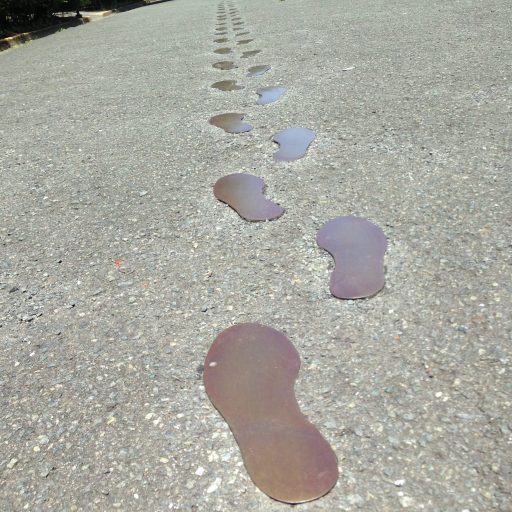Though this may seem like a spoiler, I am going ahead and starting this review with a bit of information from the Authors’ Note of the book.
The authors Ariel Lawhon, Kristina McMorris, and Susan Meissner note that there wasn’t much information to be had on the Army and Navy nurses who served in the Pacific Theater of World War II–and it was intentional. Each nurse who served in this part of the world were sworn to secrecy and were forbidden to talk about their experience. Why? Because Gen. Douglas MacArthur, who was leading the Allied forces in that part of the world, could have evacuated the nurses as early as April 1942, but he chose to withdraw other military personnel instead.
As a result, American nurses had to endure nearly two years of imprisonment and everything that comes with it–the emotional and mental struggles, the physical toll on their bodies, and the psychological abuse at the hands of their enemies. If not for a small handful of memoirs, these were all that the authors had to work with as most of those who lived through the horrors had already passed on.

Army nurses depart the Santo Tomas Internment Camp, one of the places featured in “When We Had Wings.” (Public Domain)
That being said, this bit of information should whet readers’ appetites to seek out “When We Had Wings.” It follows three fictional nurses who served in the Philippines during World War II. There is Eleanor Lindstrom, U.S. Navy nurse; Penny Franklin, U.S. Army nurse; and Angelita Capel, a bi-racial Filipina nurse. The three nurses’ paths cross at the Army Navy Club before America formally enters the war. At this time, Manila is still a paradise–with its cool ocean breeze, swaying coconut trees, and fragrant scents of jasmine and frangipani.
The action quickly moves forward with the Japanese bombing at Pearl Harbor. Quickly, the three fast friends are separated and lose touch with each other. At each camp or battle site, readers get to experience, not just their experience as prisoners, but also their helplessness over the lack of medical supplies, the deficiency in resources and food for proper healing and nutrition, and their resourcefulness to make things work. (Try hiding money inside a young coconut or buco, and if there’s nothing else to eat, try some boiled grass and worms.) In trying times such as those, they are still nurses and having a routine and a purpose for getting up each day is probably what helped most of them survive the war with their sanity intact.
Though they suffer themselves, they are the cheerful face that drowsy soldiers first see when they come to consciousness; they provide the warm embrace that orphans seek; and they are the caregivers who provide the tenderness and sympathy to injured civilians and military personnel who are feeling the harshness and injustice in the hands of the Japanese soldiers. Their resilience and strength of character during this period is truly commendable.
The book offers insight into what could have happened inside the island fortress of Corregidor; the poor, unsanitary and inhumane conditions inside the notorious “Bilibid” prison; and how they surived the internment and prison camps inside the University of Santo Tomas grounds and in Los Baños, 32 miles south of Manila with very, very, VERY limited rations. It provides a close-up view of the horrors of a war from the perspective of a noncombat personnel.
Aside from the three main characters whose stories are based on the few accounts and memoirs that the trio of authors were able to scrounge up, the book also brings to light other players who did what they could to help the prisoners of war in whatever way they can. Some of these are based on real people (God bless their souls!) and it lightens one’s heart knowing that despite all the horrors that are seen in wars, the light of goodness also shines through the good intent and acts of kindness.
She’s seen in this war the very worst one human could do to another. But she’d also seen the very best. Perhaps only the people who see the very worst get to see the very best.
– “When We Had Wings” by Ariel Lawhon, Kristina McMorris, and Susan Meissner
My favorite of these is Ida Hube. Though a German citizen, she has no loyalty to the country of her citizenship. Because Germans were seen as allies of the Japanese, she was able to move about freely and would often provide care packages to the nurses, sneak money in, and provide for the needs of the orphanages. She used her financial resources to be the fiary godmother that the nurses desperately needed. After the war, she also sponsored a memorial to Army and Navy nurses in Arlington.
Maj. Maude Davison (L) is one of the real-life military nurse in “When We Had Wings.” (Public Domain)

Any history buff will appreciate this novel, as it provides another angle not often discussed nor written about. For me, it provides another look at my home country and what it went through during that horrendouns time in history. Though the novel didn’t touch on the “comfort women” as it would probably make the subject matter too heavy, the experiences narrated in “When We Had Wings” is enough to make your blood boil and shake your head at how humans can do what they did. But in the end, Penny, Eleanor, and Lita learn to live with the effects of their experiences, they forge new relationships and new lives showing that for as long as we live, there will always be hope. We do not need to be angels with wings in order to transcend our human struggles–we just need to remember that we will always have that inner strength if we know where to find it.


Leave a comment